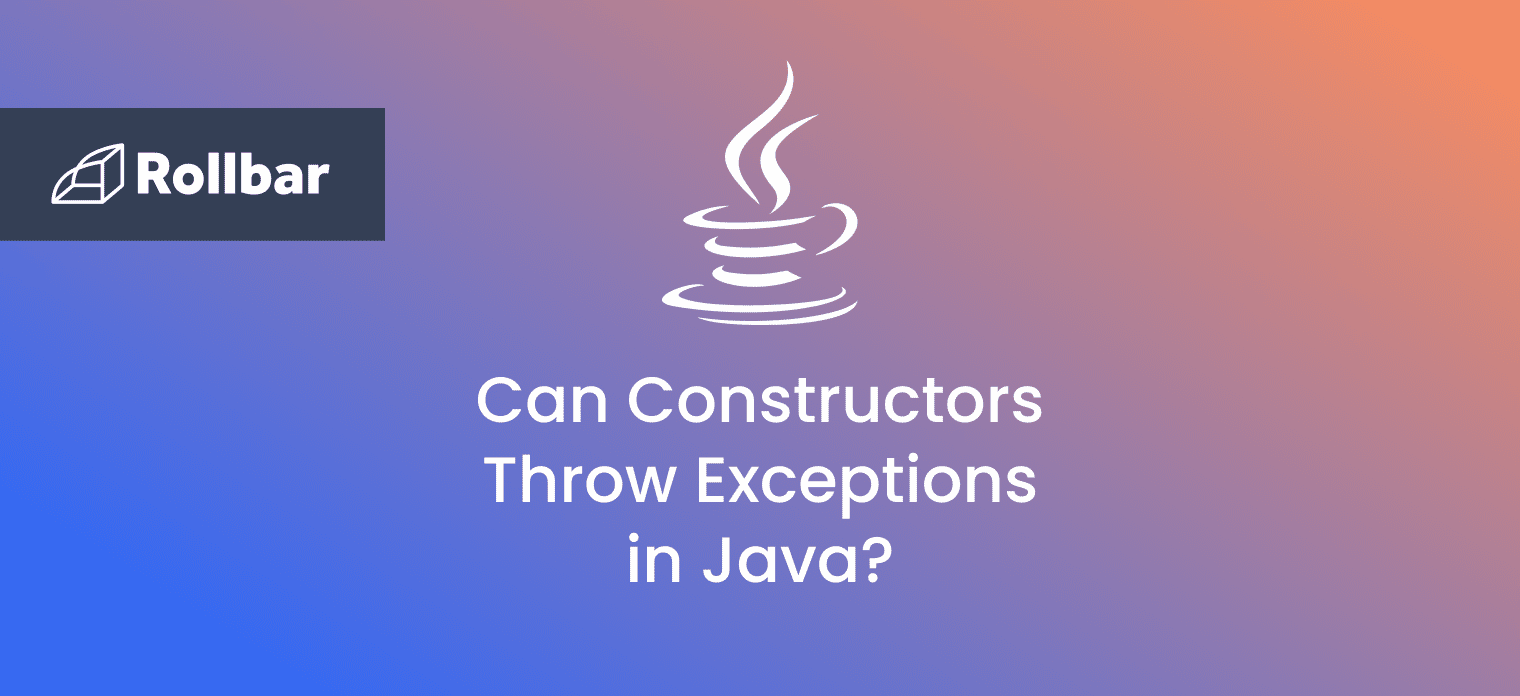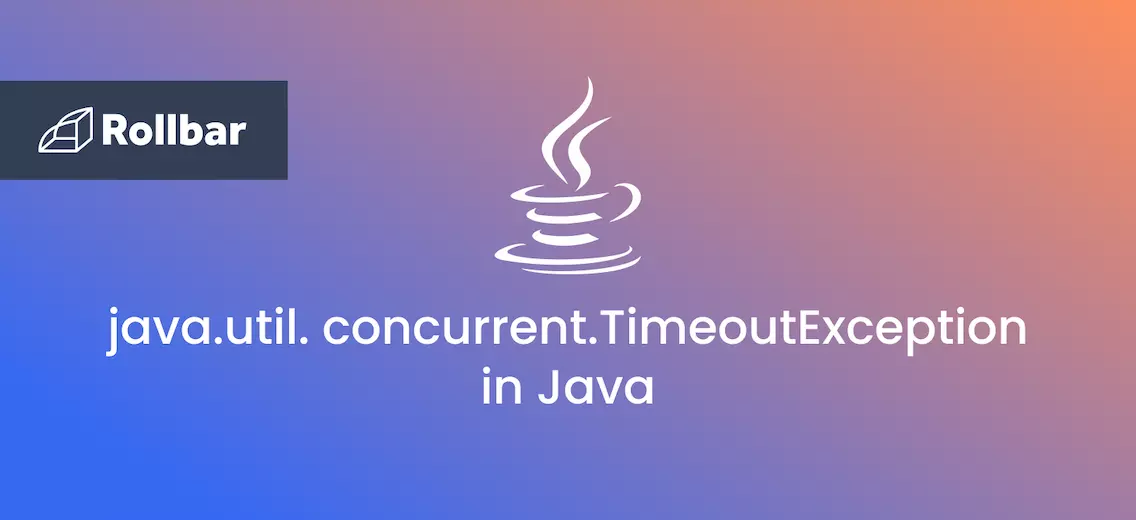The java.io.IOException is a checked exception in Java that indicates a problem while performing Input/Output (I/O) operations. This usually happens when a failure occurs while performing read, write or search operations in files or directories.
Since IOException is a checked exception, it must be explicitly handled in methods that can throw this exception - either by using a try-catch block or by throwing it using the throws clause.
What Causes IOException
A java.io.IOException occurs when an input or output operation fails or gets interrupted. This can happen for various reasons such as:
- File not found
- Permission issues
- Unexpected disruptions during file handling
IOException Example
Here's an example of a IOException thrown when trying to read from a file that does not exist:
import java.io.BufferedReader;
import java.io.FileReader;
import java.io.IOException;
public class IOExceptionExample {
public static void main(String[] args) {
String filePath = "file.txt";
try {
BufferedReader reader = new BufferedReader(new FileReader(filePath));
String line;
while ((line = reader.readLine()) != null) {
System.out.println(line);
}
reader.close();
} catch (IOException e) {
System.err.println("An IOException occurred: " + e.getMessage());
e.printStackTrace();
}
}
}
In the above example, a file named "file.txt" is attempted to be read. Since this file does not exist, running the above code throws an IOException. The code catches the exception and prints an error message along with the stack trace:
An IOException occurred: file.txt (No such file or directory)
java.io.FileNotFoundException: file.txt (No such file or directory)
at java.base/java.io.FileInputStream.open0(Native Method)
at java.base/java.io.FileInputStream.open(FileInputStream.java:216)
at java.base/java.io.FileInputStream.<init>(FileInputStream.java:157)
at java.base/java.io.FileInputStream.<init>(FileInputStream.java:111)
at java.base/java.io.FileReader.<init>(FileReader.java:60)
at IOExceptionExample.main(IOExceptionExample.java:10)
How to Fix IOException
An IOException can be fixed using the following approaches, depending on the cause of the error:
- File not found: If the exception is caused by a file not being found, it can be handled by checking whether the file exists before performing any I/O operations.
- Permission issues: It should be ensured that the application has the necessary permissions to access the file or directory.
- Network I/O handling: When dealing with network operations, retry mechanisms should be implemented to handle transient failures, timeouts and network exceptions gracefully.
- Proper error handling and logging: Robust error handling should be implemented to identify and log relevant information about the exception, including the error message and stack trace.
In the previous example, since the error was caused by a file not being found, it can be updated to implement a check to see if the file exists before it is used:
import java.io.BufferedReader;
import java.io.File;
import java.io.FileReader;
import java.io.IOException;
public class IOExceptionExample {
public static void main(String[] args) {
String filePath = "file.txt";
File file = new File(filePath);
if (file.exists() && file.isFile()) {
try {
BufferedReader reader = new BufferedReader(new FileReader(file));
String line;
while ((line = reader.readLine()) != null) {
System.out.println(line);
}
reader.close();
} catch (IOException e) {
System.err.println("An IOException occurred: " + e.getMessage());
e.printStackTrace();
}
} else {
System.err.println("File does not exist");
}
}
}
In this example, a check is implemented to see if the file exists and is a regular file using file.exists() and file.isFile(). If the check passes, the I/O operations proceed normally. If not, an error message indicating that the file does not exist is printed:
File does not exist
Track, Analyze and Manage Errors With Rollbar
Managing errors and exceptions in your code is challenging. It can make deploying production code an unnerving experience. Being able to track, analyze, and manage errors in real-time can help you to proceed with more confidence. Rollbar automates error monitoring and triaging, making fixing Java errors easier than ever. Try it today!








